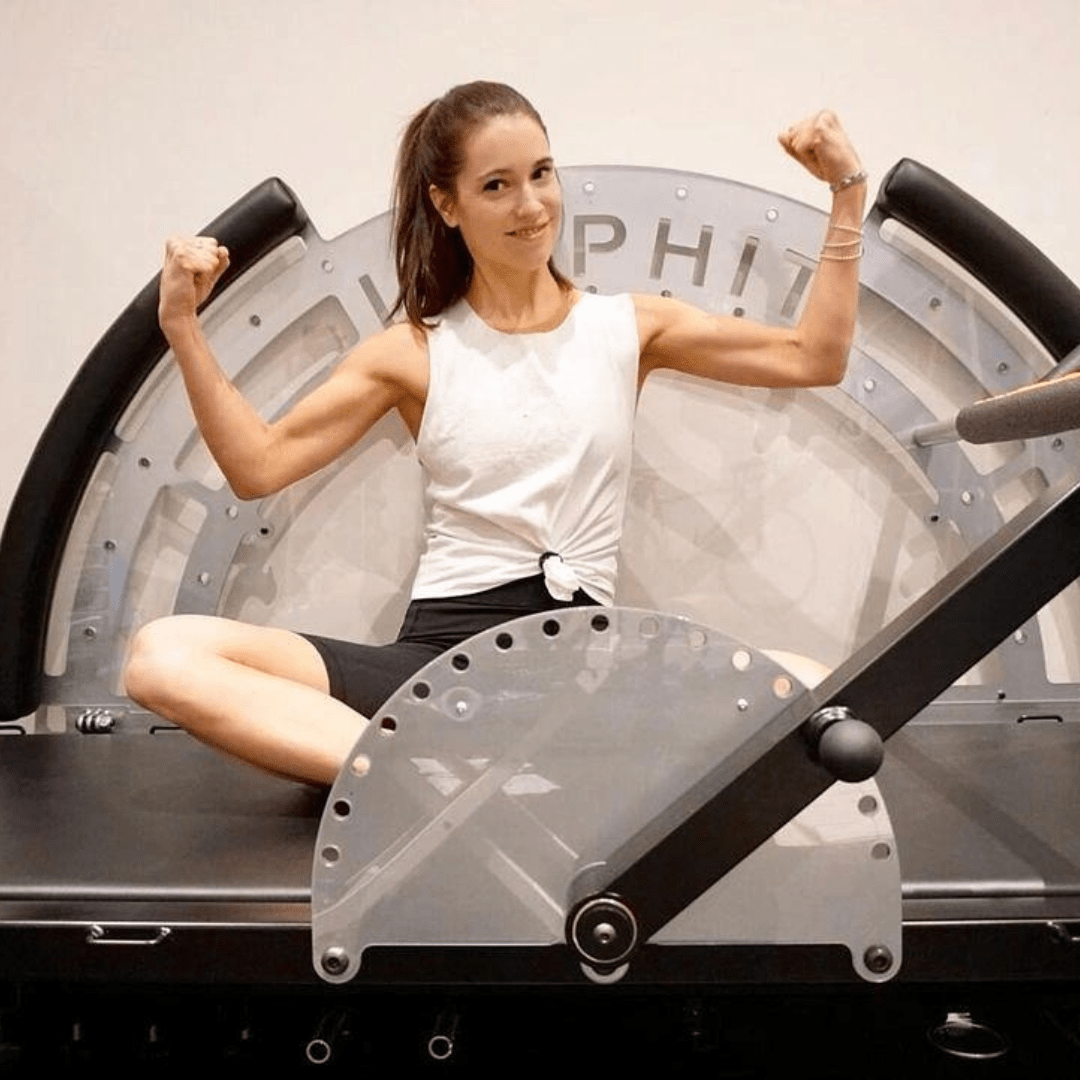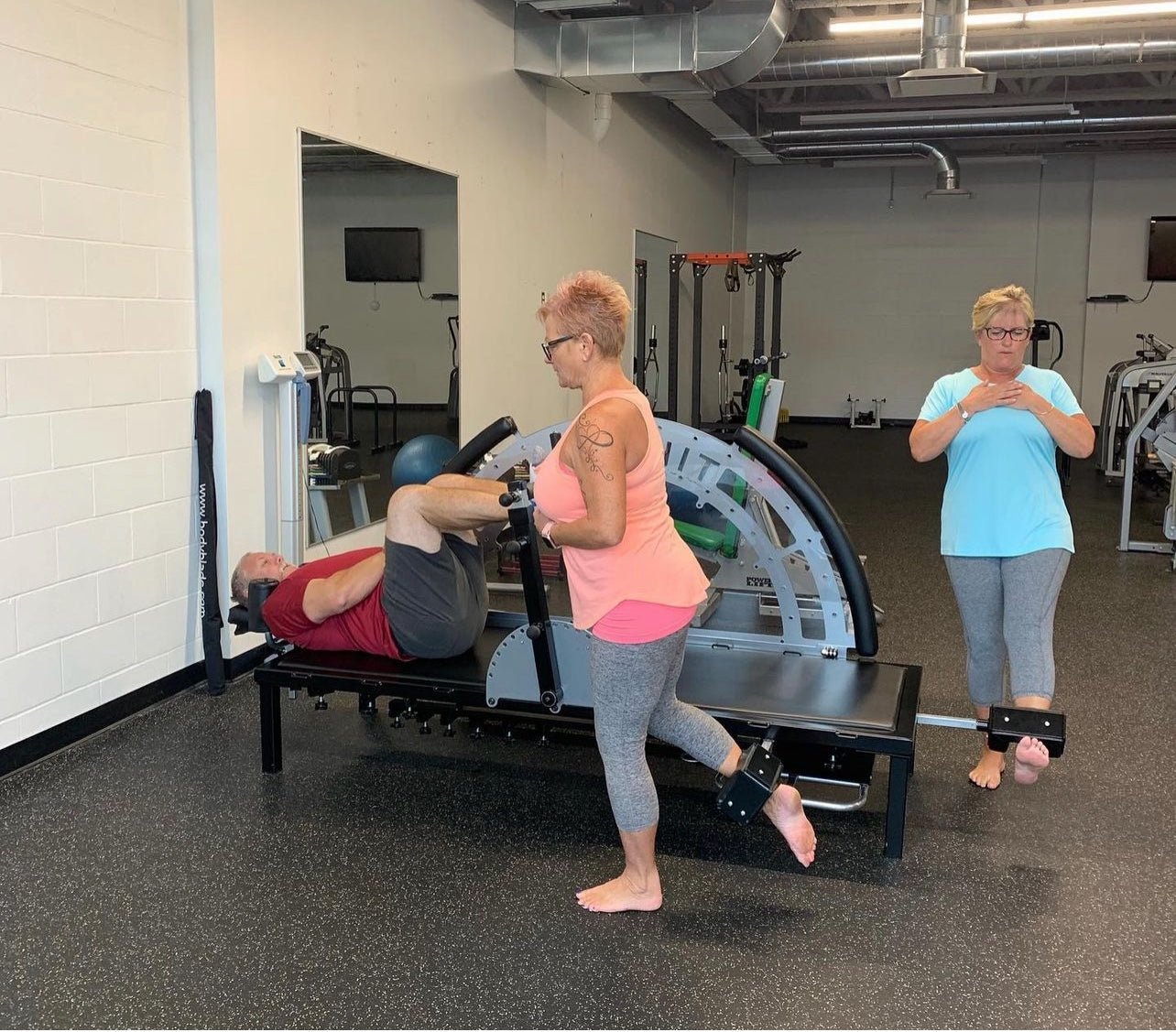Isometric strength training, a type of exercise that focuses on increasing muscle tension without visible joint movements, significantly influences muscle activation, strength enhancement, muscle density, and muscle hypertrophy.
A report by Schott et al. published in the European Journal of Applied Physiology compared the effects of short intermittent muscle contractions and longer, continuous muscle contractions. Both training methods required the participants to engage in isometric contractions at 70% of their maximum voluntary isometric contraction. Participants participated in isometric training sessions three times a week over a span of 14 weeks.
Read this The role of metabolites in strength training II. Short versus long isometric contractions
All participants were capable of activating their quadriceps muscle to the maximum on every testing occasion. The results demonstrated large and significant increases in isometric strength for both legs. Intriguingly, the increase in strength following longer, continuous contractions was significantly greater than after short, intermittent contractions. The median increase for the short, intermittent contractions was 31.5% and for the longer, continuous contractions, it was 54.7%. All subjects experienced greater strength increases following longer, continuous contractions from the second week of training, whereas with the short, intermittent contractions protocol, the changes only became significant after eight weeks.
In addition to strength enhancement, the study found notable (10.6%) increase in the cross-sectional area of the muscle among participants using the longer, continuous contractions method. Conversely, the short, intermittent contractions protocol did not yield a comparable increase (~5.4%) in the cross-sectional area of the muscle. This evidence further supports the superiority of continuous isometric contractions in facilitating muscle growth and improving muscle density.
The researchers linked these beneficial outcomes with the larger changes in substances within the muscle cells experienced during the longer, continuous contractions training. They concluded that factors related to these changes result in notable increases in isometric strength and the cross-sectional area of the muscle.
This study offers compelling evidence on the potential of isometric strength training, particularly the use of continuous contractions, in achieving higher levels of muscle activation, strength, and density. It underscores the effectiveness of isometric training in physical conditioning, making a persuasive case for its inclusion in training regimes designed for muscle strength enhancement and hypertrophy.
For more information on isometric strength training and its significant impact on functional health and performance, visit our website at www.Isophit.com or reach out to me at brad@isophit.com.
Yours in Isometric Strength,
Brad Thorpe
CEO / Inventor
Isophit










Share:
Isophit: Could Building Isometric Neck Strength Help Migraine Sufferers?
Isophit: Twenty Reps Per Week for 12 Weeks Increased Muscle Strength and Metabolism.